We live in a digitized world where technology greatly influences our everyday lives. One such invention is the QR code. But have you ever wondered - what happens if a QR code gets damaged or read incorrectly?
That's where QR Code Error Correction comes into play, and its importance cannot be overstated.
To comprehend this concept better, let's delve right into the world of error correction in QR codes.
What is QR Code Error Correction?
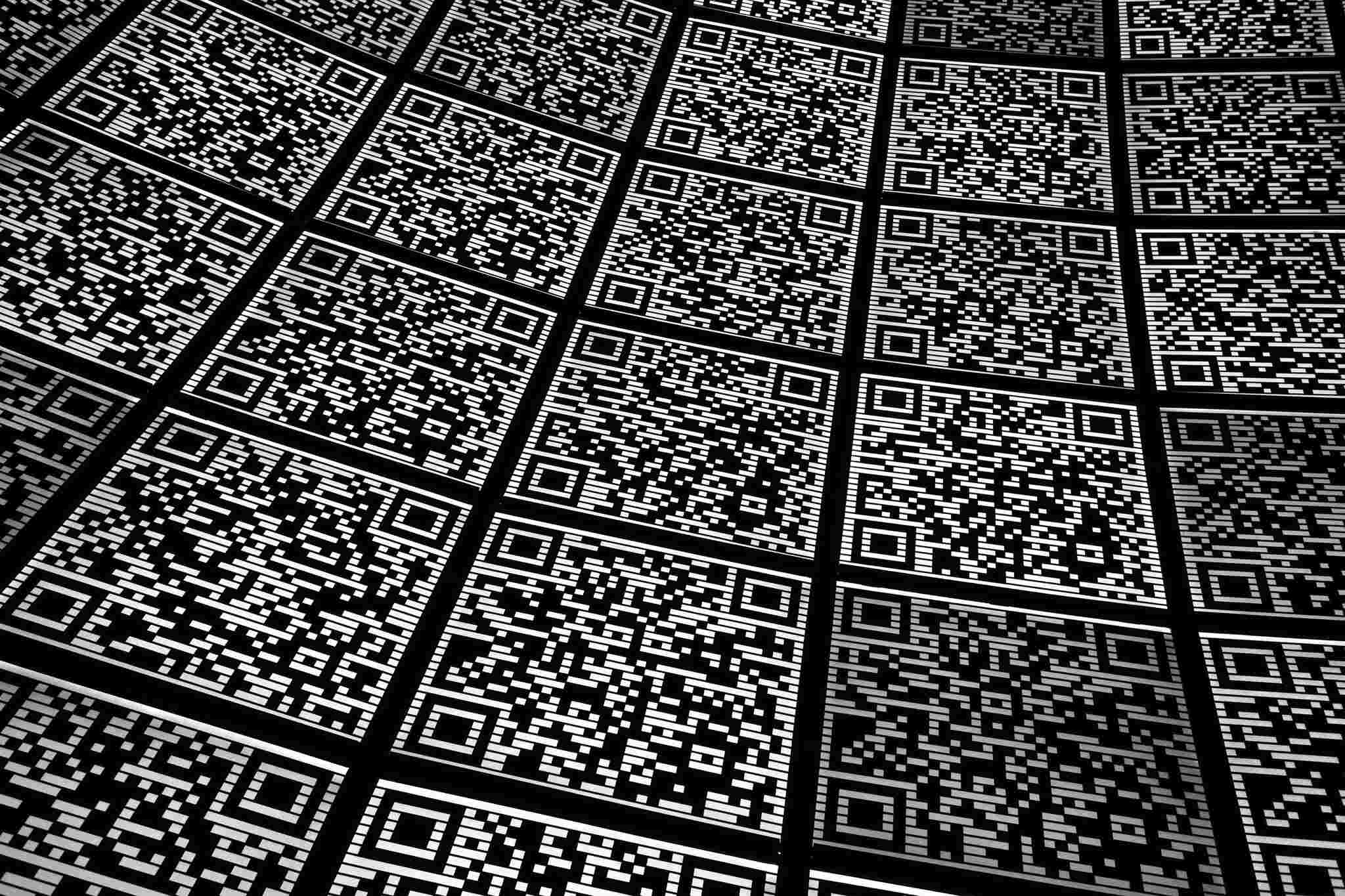
Error Correction Code (ECC) is a notable feature in QR codes, which permits them to restore data if the code is dirty or damaged. The intriguing aspect of QR Code Error Correction is that it allows up to 30% recovery of missing data. This implies that even if part of the QR code is unreadable or broken, it can still function flawlessly.
But what is QR code error correction in its essence? It's a method incorporated into the QR code design, allowing it to be interpreted properly despite any flaws or deformities. This supports the inherent reason for using QR codes - ensuring quick, seamless, and accurate information transfer by correctly interpreting the data enclosed.
Several questions might arise in your mind at this point: How does QR code error correction work? Are there different levels of error correction?
How can you determine the right level of error correction for your QR code? The answers to these vital questions and more form the rest of this comprehensive guide.
Stay tuned as we unfold the intricacies of QR code error correction and its levels, understand its implications, discuss the benefits, and delve into advanced QR code generation techniques. This information will empower you to generate the best high-quality QR codes, reaping the benefits of understanding nuances like QR Code Error Correction.
The takeaway here is error correction makes a QR code resilient. It's a fail-safe technique that ensures data encoded in your QR code stays intact and deliverable, irrespective of any damage the physical code might incur.
Whether you're a marketer hoping to leverage QR codes for your business or a tech enthusiast curious about this ingenious technology, understanding error correction in QR codes will undoubtedly help enhance your knowledge and skills in this field.
Let's embark on this fascinating journey together - learning and understanding the technicalities behind the simple yet compelling QR code.
Understanding QR Code Error Correction Deeply
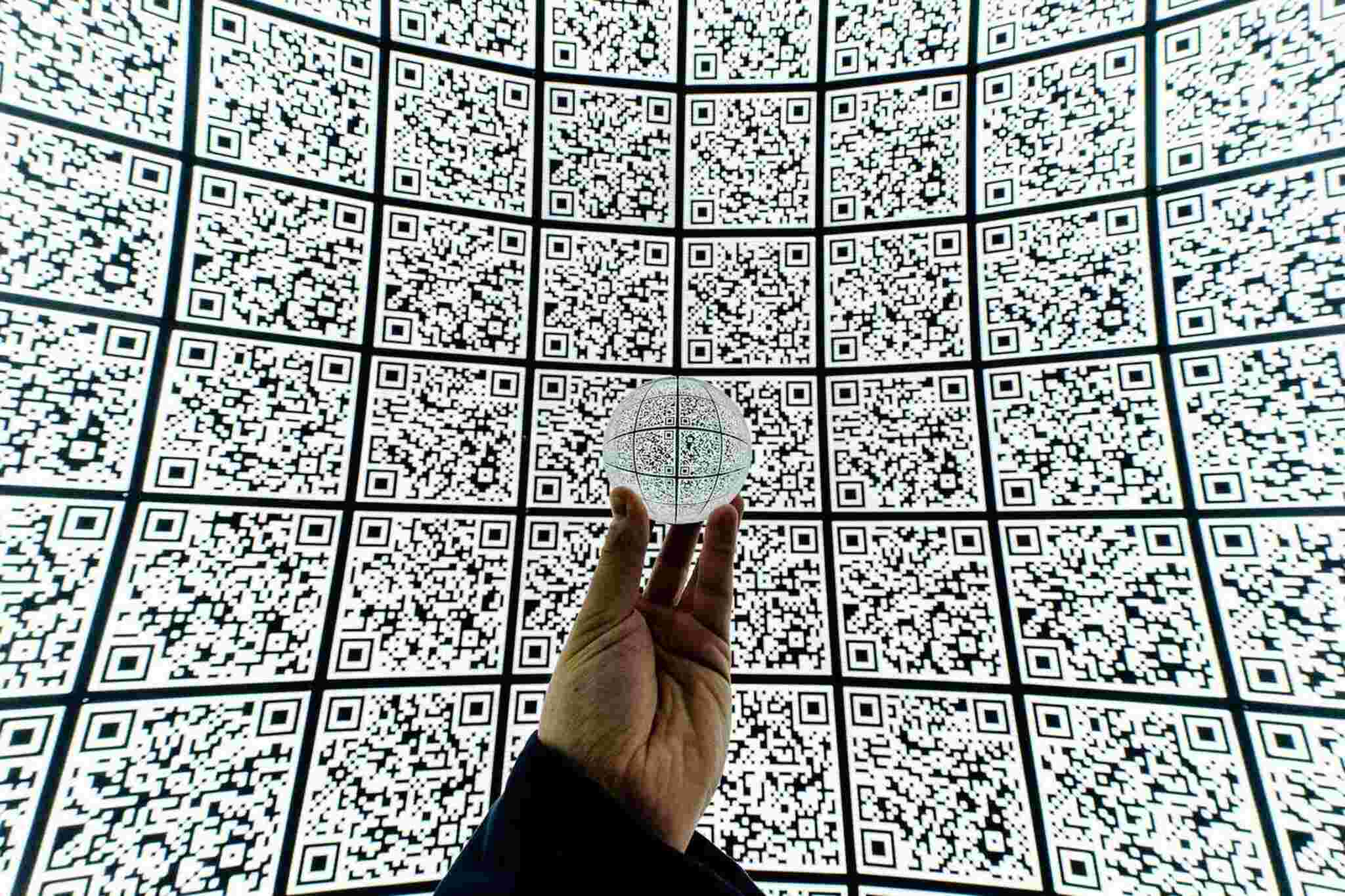
We've delved into the basics of what is QR code error correction and outlined its broad importance. Now, it's time to dive deeper and explain the comprehensions and mechanisms behind QR code error correction. By the end of this section, you will have a more profound understanding of QR code error correction and how it impacts the efficiency of QR codes.
In essence, QR code error correction adds redundant bits to the QR code data. These additional bits allow the scanner to discern the correct data, even when some parts of the QR code may be scratched, dirty, or otherwise compromised.
Consider error correction as a safety net for your data. It ensures that even if the QR code's appearance is altered, the integrity and deliverability of its encoded information aren't compromised.
But how does this magic happen? It's thanks to Reed-Solomon error correction - an algorithm that forms the backbone of error correction in QR codes. It works by constructing codes that can detect and correct multiple random symbol errors, thereby safeguarding the integrity of your QR codes' data.
Levels of QR Code Error Correction
When it comes to error correction levels in a QR code, one size does not fit all. Depending on your application and printing conditions, you may opt for different levels of error correction. Generically, QR codes come with four error correction levels - L (Low), M (Medium), Q (Quartile), and H (High). Each error correction level has its degree of data restoration capacity:
Level L (Low)
Level L is the lowest level of error correction. It provides a recovery capacity of up to 7% of codewords. Level L is best suited for cases where the QR code is unlikely to suffer any major damage, such as where the code is not subjected to the rigors of the environment.
Level M (Medium)
Level M balances error correction and data storage capacity, offering up to 15% of codeword recovery. This level suits scenarios where there's a moderate risk of damage - perhaps when QR codes are used outdoors, like in promotional banners or posters.
Level Q (Quartile)
A step up from level M is level Q, which provides a substantial 25% of codeword recovery. Level Q is an ideal choice when the risk of damage is high, for example, in industrial settings or on product packaging that may suffer wear and tear.
Level H (High)
Level H is the Hercules of QR code error correction levels; it provides a whopping 30% recovery capacity. This level works best when QR codes are at an acute risk of significant damage, for example, on shipping containers or items exposed to harsh weather conditions.
Understanding and choosing the correct error correction level for your QR code is essential. This choice should take into account your specific needs, balancing the risk of damage versus the QR code's size and complexity.
The Implications of QR Code Error Correction

Understanding the theory behind QR codes and their error correction levels is only the first step to translating this into practical terms. Let's now explore some of the critical implications of error correction in daily QR code use.
QR Code Readability when Partially Damaged
The primary purpose of QR code error correction is to ensure the readability of a QR code despite minor damage. QR codes see use in a wide variety of conditions — from billboards exposed to extreme weather to product packaging susceptible to wear and tear and more. In real-world usage, QR codes can get dirty, be partly obscured, or suffer damage that distorts their form.
Error Correction Feature
This is where the Error Correction feature comes into play. For instance, consider a QR code with a coffee stain or one placed on a curved surface, making some parts unreadable.
Thanks to error correction, these QR codes can still provide the required data successfully. The additional 'redundant' bits added during the generation of the QR code — a direct outcome of error correction — allow the code to remain intact and functional despite such minor impairments.
These extra bits, termed "error correction codewords," allow a QR code reader to reconstruct the original data, even if part of the QR code is unreadable. This essential feature greatly enhances the robustness and reliability of QR codes, making them the tool of choice in several practical applications.
However, you might question if there is a method to identify your QR Codes' error correction level. Let's jump right into it!
How to Determine the Error Correction Level of a QR Code

Determining the error correction level of a QR code is generally a task for the QR code generator rather than the end-user. However, understanding how to verify the error correction level can prove helpful in certain situations.
The error correction level is encoded into the data of the QR code itself, specifically within the format information. Online QR code readers or specialized software can assist you in determining the error correction level of a specific QR code.
Remember that higher error correction levels result in larger QR codes. Hence, if size is a limiting factor in your use case, opting for a lower error correction level that still provides sufficient data protection might be a prudent choice.
Effect of Error Correction Level on Dynamic QR Codes
Dynamic QR codes are more sophisticated versions of the conventional static QR codes, offering additional features like changeable URLs and tracking analytics. A noteworthy aspect is how error correction interacts with dynamic QR codes.
High levels of error correction can make your dynamic QR codes more resilient. For instance, let's say you're using dynamic QR codes on physical marketing materials, and they're exposed to the weather. Opting for a high error correction level (such as Q or H) will safeguard your investment by ensuring that the QR codes remain functional for the long term despite exposure to wear and tear.
However, remember that there's a trade-off – the more substantial the error correction, the larger (and potentially more complex) your QR code becomes.
Do Higher QR Error Correction Levels Lead to Slower Scans?
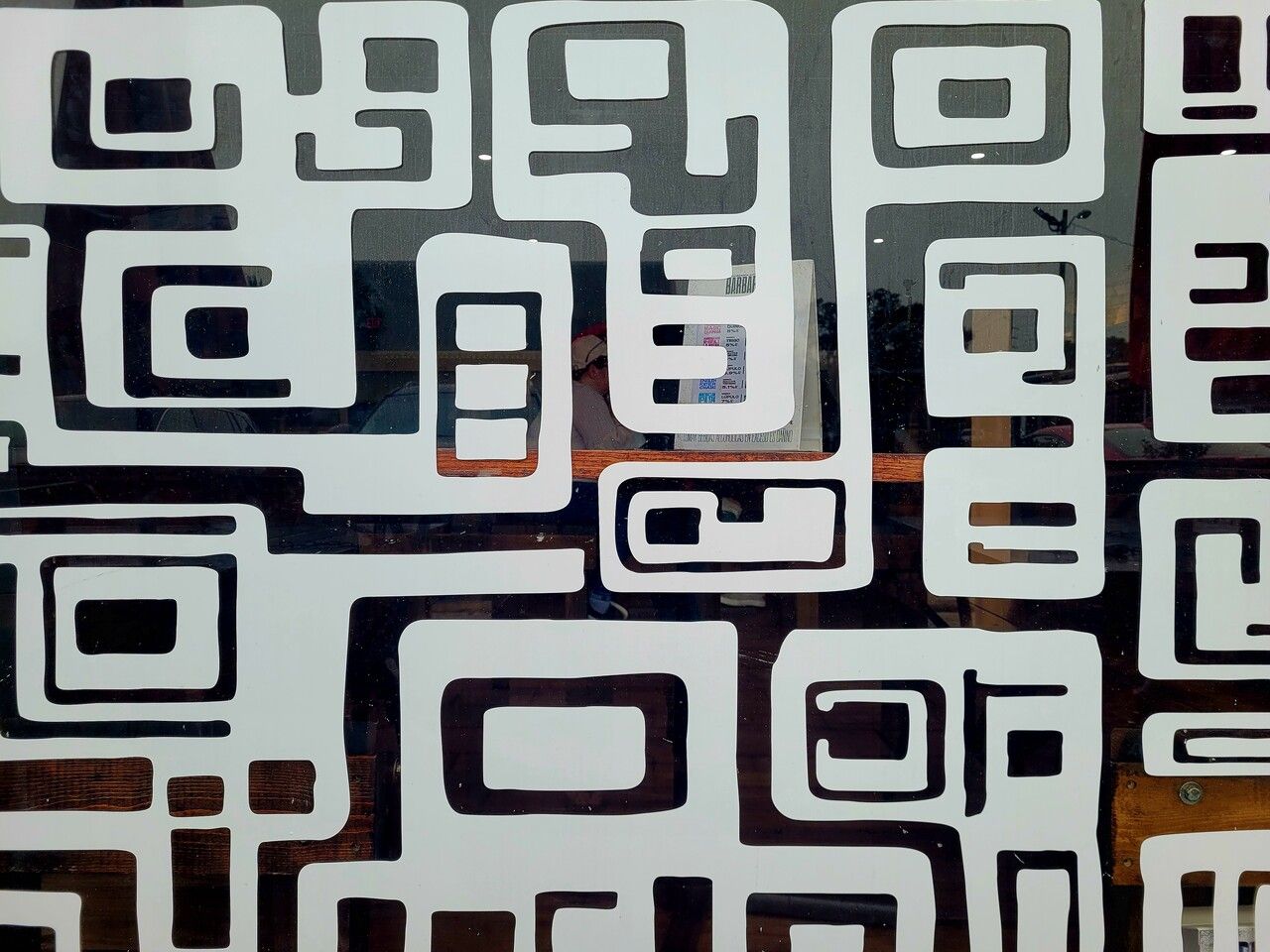
It's a common question to wonder if higher error correction levels, resulting in larger and more complex QR codes, lead to slower scanning speeds.
The answer, however, is largely negative. Modern QR code readers, found on almost every smartphone, are adept at quickly and accurately scanning QR codes of all complexities. The minor increase in points or blocks of a QR code due to higher error correction levels doesn't significantly impact the scanning speed.
So, while high error correction levels do technically make QR codes slightly more complex, this increase in complexity doesn't directly translate into slower scans or difficulty in recognition.
Remember, the magic is in maintaining a balance between the correction level and your use-case demands!
The implications of QR Code error correction extend far beyond just an understanding of the theoretical principles behind it but directly affect the reliability and robustness of the QR codes you use.
As you can see, error correction involves a detailed interplay of factors like damage resistance, scanning speed, and use-case suitability as we march toward creating high-quality QR codes. Stand by to discover the benefits that error correction brings to the table.
Benefits of Error Correction in QR Codes
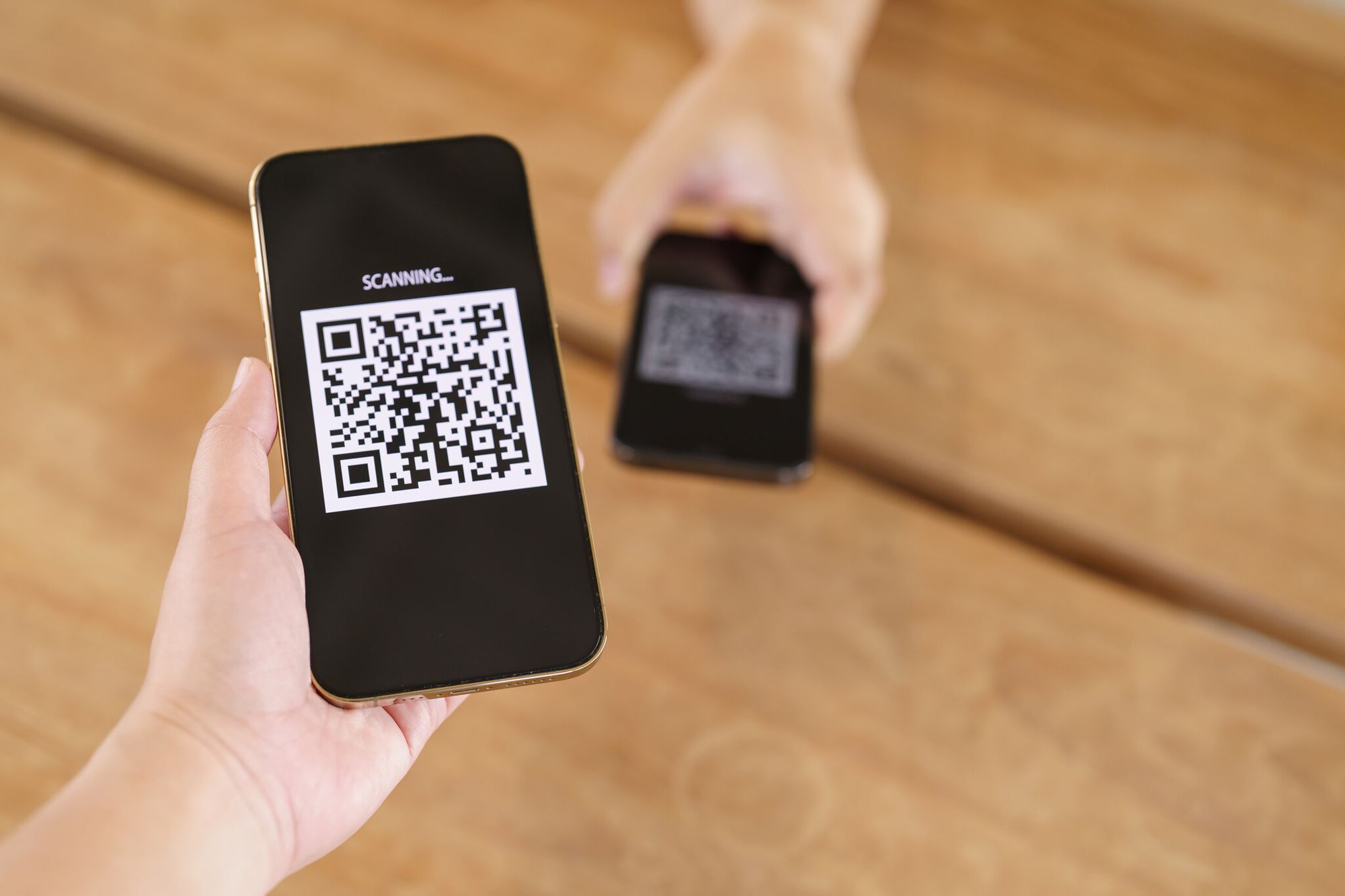
Error correction is an indispensable feature of QR codes. It ensures the QR code's functionality, even when subjected to some extent of physical damage or unclean surroundings. But, being a savvy user, shall you rest the benefits of QR error correction purely on this partial damage resistance? Absolutely not! Delve deeper, and they unveil more profound, advantageous layers.
Let's unwrap the benefits tied to the understanding of 'what is QR code error correction' in the following sections.
Enhanced Scanning Reliability
The most obvious advantage of error correction is the reliable scanning it offers. QR codes are meant to be easily scanned, extracting the encoded data swiftly and accurately. The fundamental purpose gets defeated if the QR code can't be scanned due to minor damage or unclear conditions. Here's where error correction comes to the rescue.
Through error correction, your QR codes remain scan-friendly, even when they're not in the best shape. This means that your audience can readily access your content, improving user satisfaction and engagement.
Whether you're a marketer, an entrepreneur, or a tech enthusiast, you certainly don't want to risk your QR codes' readability. By implementing the correct level of error correction, you enhance the reliability of your QR codes in real-world settings without sacrificing their efficacy.
Assessing Damage Resistance

If there's any promise that QR code error correction brings with it, it's hardiness against damage. From a small coffee stain to a scratch, from a wrinkled poster to an uneven surface of application, QR codes encounter various threats in their life cycle.
With the right level of error correction to the rescue, you can avoid these hurdles. An H-level error correction makes a QR code resistant to a substantial 30% of damage. This goes a long way in securing your QR code against the adversities of nature and human error.
The damage resistance levels strengthen QR codes, making them more versatile for different use cases and application areas.
Improved Data Integrity
Data integrity is a significant concern when producing QR codes. You're embedding important data into these codes, and you want that data to remain intact and decipherable. Thankfully, error correction comes to your aid once again.
Through error correction, data integrity is maintained, ensuring the embedded information is not lost or distorted due to physical alteration in the QR code. This retains the accuracy of the original data, thereby delivering the correct information to the end-users.
Remember, the goal here is not just to produce QR codes but high-quality QR codes that even some wear and tear can't impact.
Cost-efficient QR Codes
Think about it - a damaged QR code that is incapable of bridging the information gap, also known as a "dead QR code," is a waste of your resources. Whether it's the investment of time, money, or effort in creating the physical materials featuring the QR codes (like print advertisements, packaging, etc.), a dead QR code simply symbolizes sunk costs.
But this scenario changes with error correction. Even if your QR codes encounter damaging situations, error correction ensures they remain functional, saving you from re-investment in reprinting or re-distributing QR code materials. Hence, not only does error correction make your QR codes more reliable and robust, but also more cost-efficient.
Environmentally Friendly QR Codes
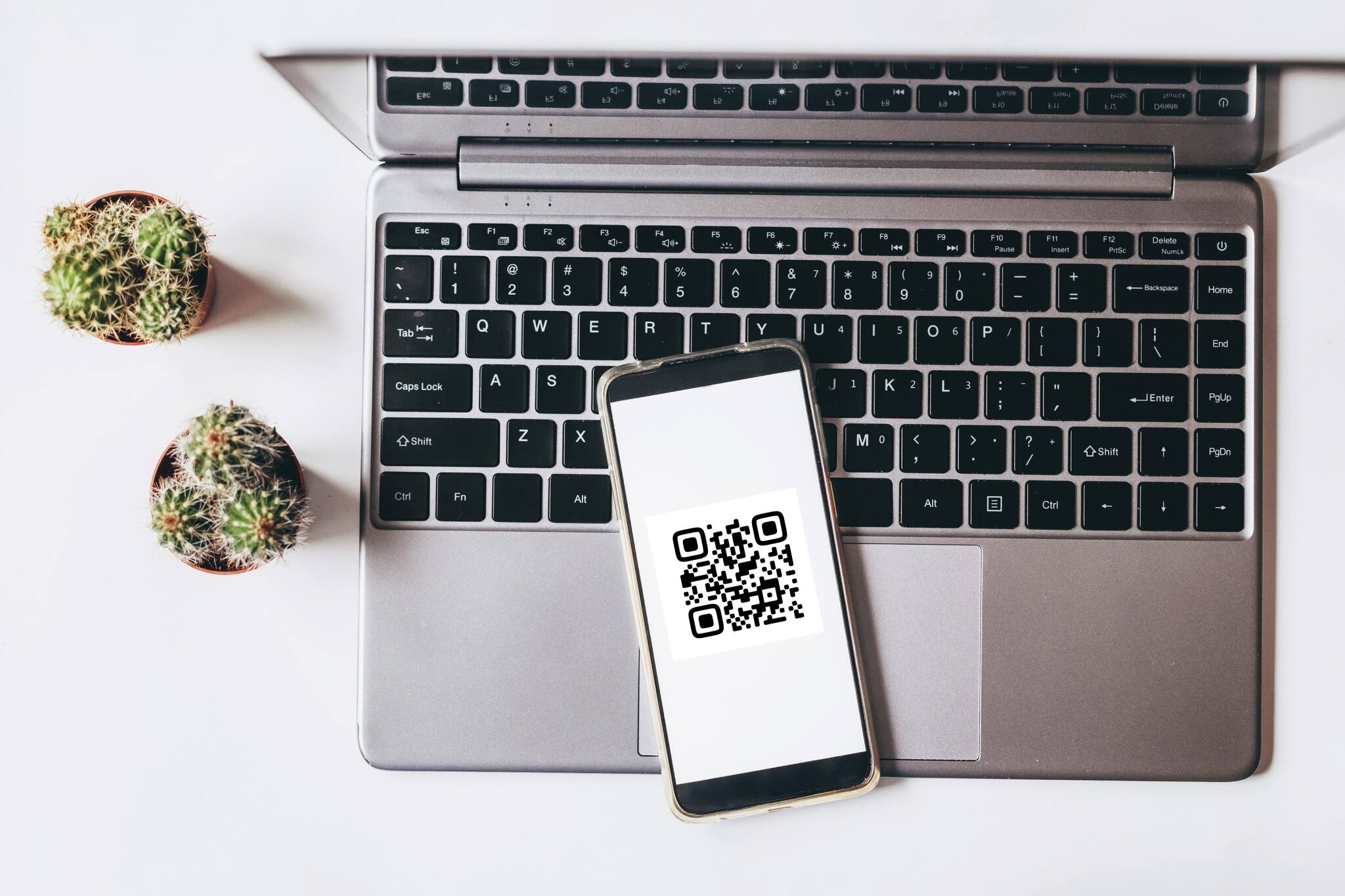
Yes, you read it right! Error correction indirectly contributes to your eco-friendly initiatives. By ensuring longer life and resilience for your QR codes, error correction levels like M, Q, or H reduce the number of print materials needed.
When QR codes are resilient and can survive a certain level of damage, there's a decreased demand for reprinting these codes. This cuts down the use of print resources and associated waste, making your business or projects more environmentally friendly.
These benefits form the bedrock for creating high-quality QR codes designed for optimal functionality and maximum efficiency for both businesses and consumers. All that remains is to understand how error correction is configured in QR code generation and how to leverage this for maximum benefits, which we will discover in the following sections of this guide.
Advanced QR Code Generation with Error Correction
After understanding 'what QR code error correction,' its implications, and its benefits, we're now ready to step into the nuts and bolts of QR code generation. This phase of the article is about integrating this knowledge into the actual QR code generation process.
So, let's shed some light on how you can configure error correction in your QR code design process, how designer QR codes and error correction work together, and how to generate high-quality QR codes in alignment with your needs and aspirations. Let's dive in!
Configuring QR Code Error Correction in Design
You now understand that error correction is an ally in maintaining the data integrity and reliability of your QR codes. But you may wonder, "How do I implement error correction in my QR codes?" That's what we're about to decode!
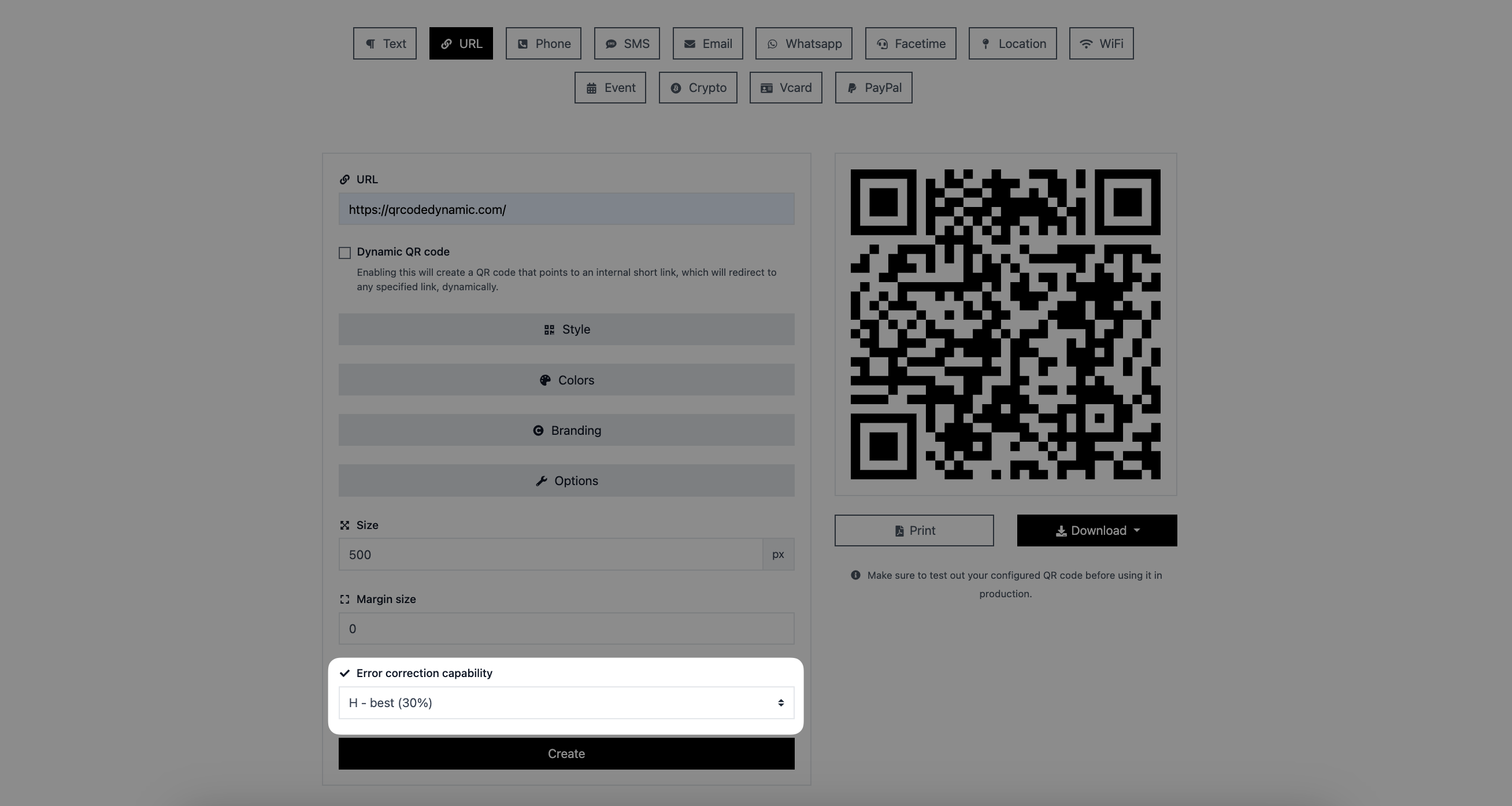
Configuring error correction in your QR codes generally occurs during the creation of your QR codes. Most QR code generators, like QRCodeDynamic allow you to select an error correction level while setting up your QR code.
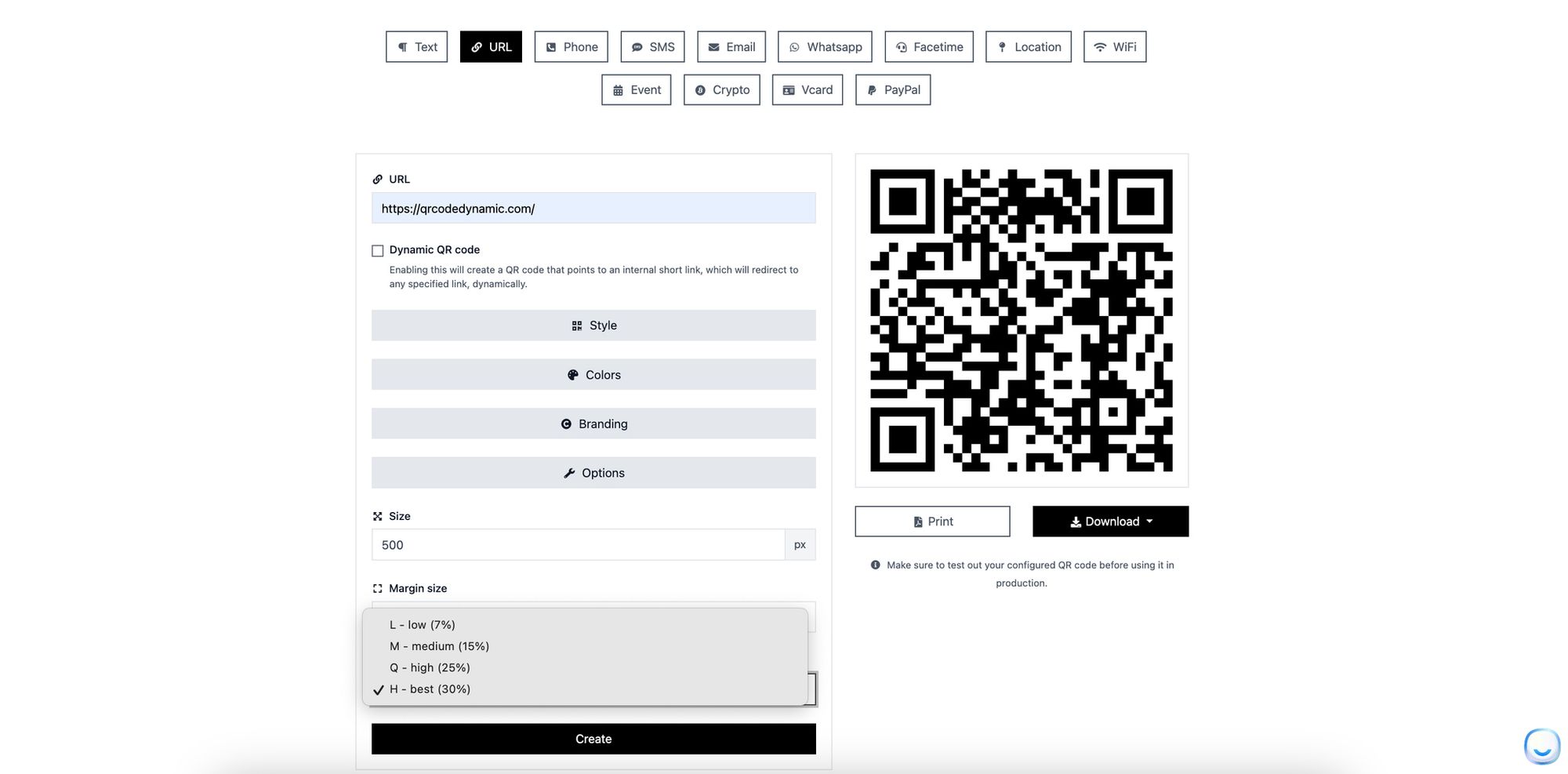
Usually, they offer four available options - L (Low), M (Medium), Q (Quartile/High), and H (High or Best). Each level provides varying degrees of error correctionility – from 7% to 30% of the code.
Remember, the selection of an error correction level is a careful trade-off. You must balance the need for data integrity (higher in environments where the QR code is subjected to damage) against the need for compact and straightforward QR codes, particularly when the printing space is at a premium.
As a good practice, always consider the application of your QR code and the likelihood of its exposure to damage while deciding upon the error correction level.
Designer QR Codes and Error Correction
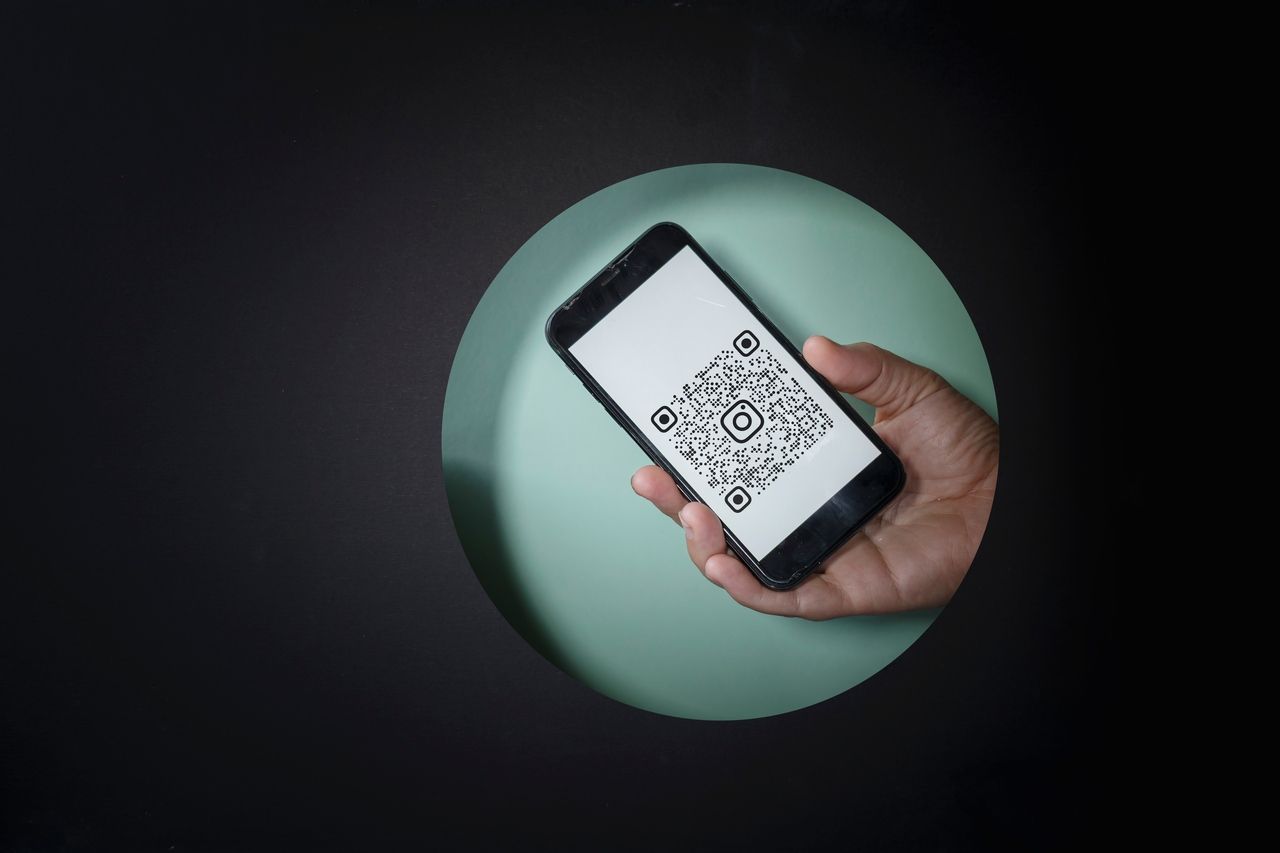
In today's world, aesthetics matters, and QR codes are no exception. To make QR codes align with a brand's visual identity, designer QR codes are all the rage. These designer codes comprise logos, changeable colors, and branded designs, lending a unique touch to your QR codes.
But can you customize a QR code without affecting its scan ability? Yes, and that's where the role of 'error correction' becomes even more significant.
By leveraging higher error correction levels (like Q or H), you can alter portions of your QR code for aesthetics or branding without fretting about damaging the data integrity. The more substantial error correction removes any data obscured due to design alterations.
However, designer QR codes must be treated with caution. Too many alterations might lead to non-functioning QR codes despite strong error correction. So, while you let your creativity flow, let error correction levels guide you to ensure that your artistic QR codes still serve their primary purpose—accurate scanning.
Generate Your High-Quality QR Codes
By this point in the article, you've journeyed through the fundamentals of QR codes, delved into the intricacies of error correction, and acknowledged its benefits. Now, we're going to talk about how to create high-quality QR codes.
Using a reputable QR code generator is your first step toward generating QR codes. While creating them, you should integrate elements like a suitable error correction level, aesthetic delight (branding) if necessary, and consideration of the physical environment where your QR code will be used.
Recommendations on Error Correction Level
If you're unsure of which error correction level to choose, here's a simple guide:
- Use 'L' when your QR code is safeguarded from any potential damage - for instance, a digital display or a controlled physical environment.
- Go for 'M' when your QR code displays an acceptable risk of damage, such as in a magazine or newspaper.
- Opt for 'Q' when you see your QR code being at high risk of exposure to environmental rigors, such as on an outdoor sign or product packaging.
- Choose 'H' when you need rock-solid error correction and the risk of damage is exceptionally high, like on a shipping container or construction site.
Remember, it's always better to err on the side of caution when choosing error correction levels. After all, the vital purpose is the successful scanning of your QR codes.
Also, while beautifying your QR code with colors, logos, or brand designs, it's crucial to test the QR code extensively before rolling it out. Every device, scanner app, and printing method may respond differently to your QR code. Consider employing a cross-section of these possible scanning ways to ensure maximum compatibility.
Having decoded the essence of QR code error correction, you are now equipped to leverage this invaluable feature in generating high-quality, resilient, and effective QR codes.
Conclusion
You've navigated the vast landscape of QR Code Error Correction. From deciphering 'what is QR code error correction' to the in-depth understanding of its levels, from its implications to its benefits to integrating this knowledge in 'generating your high-quality QR codes' - you've sailed through it all.
All in all, the key takeaway is that QR Code Error Correction is a quintessential aspect of creating high-quality QR codes that can withstand varying levels of damage while ensuring intact data deliverability.
You now stand empowered with this knowledge and have the capability to produce efficient QR codes that swiftly bridge the information gap, even in challenging environments.
Remember, the goal here is not simply to produce QR codes; it's about creating high-quality QR codes that reliably serve their purpose and enhance the user experience.
Discover these blog posts while you are here:


